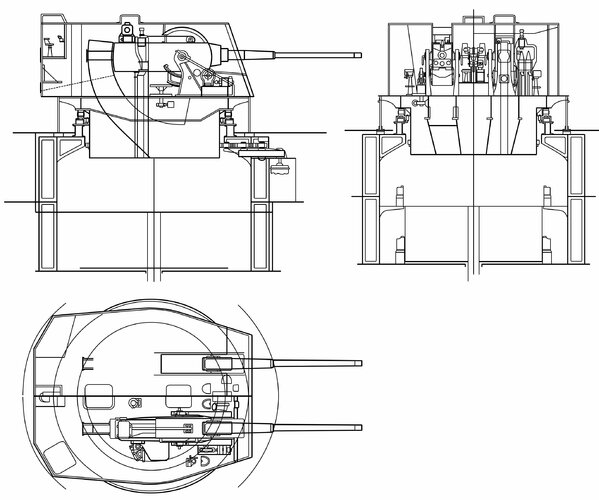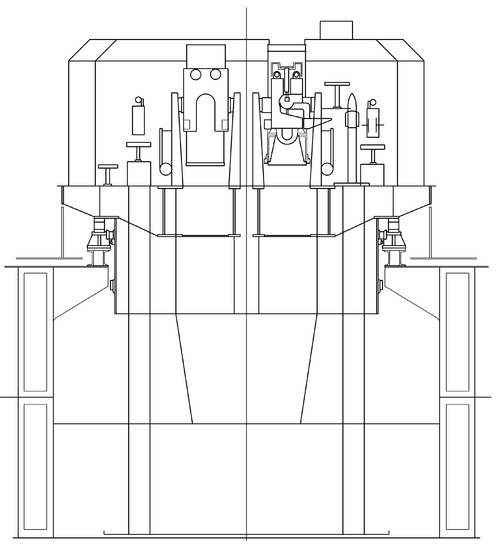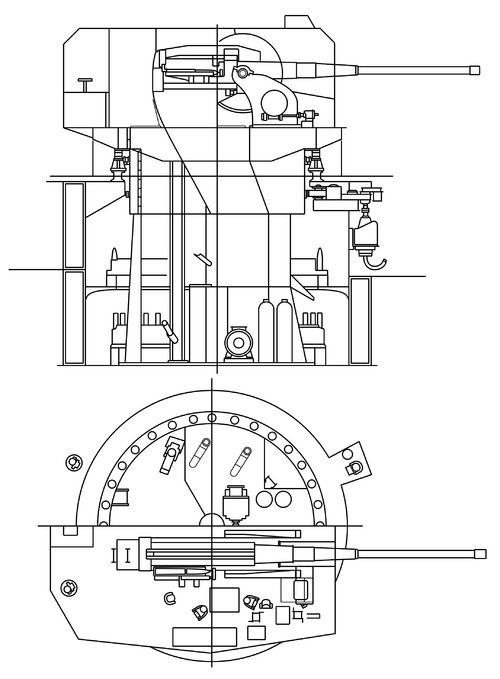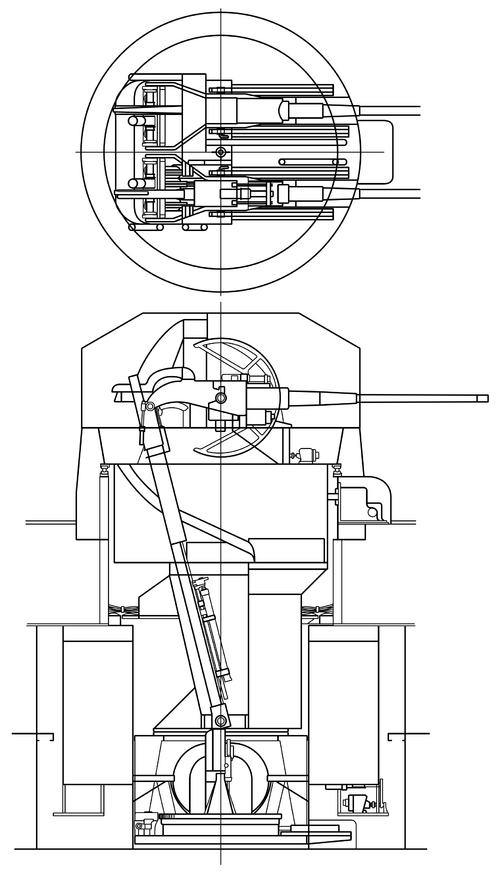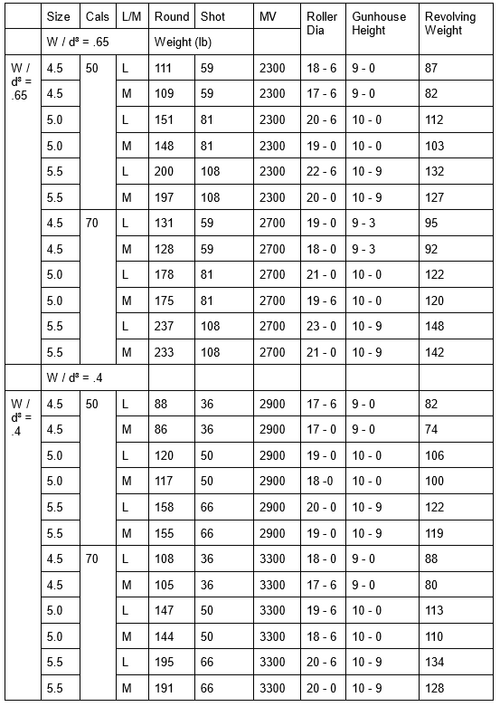From the archives.
The 1944 proposals for the RAN home building program gets some mention in the popular histories, but I had the opportunity to flesh this out somewhat by getting a copy of “MP1049/5 2026/3/516 Cruiser and Destroyer Building Program”.
The file begins in mid 1943, discussing the advisability of building cruisers and destroyers in Australia to replace war losses and the aging remaining ships, and the file ends with the dispatch of the RA Eng and Director ordinance from the Naval Boards Melbourne office being ordered to London from June-Aug 1944 to consider current vessels under construction in Britain.
Prior to this mission, the ACNB set out what it thought were the war lessons.
A Air Power – neither side seeks surface action in daylight without air support, consequently there are more night actions than day, and all ships require maximum AA fire power and ability to stand up to bomb and aerial torpedo damage.
B The destructive power of the modern torpedo. C The ever increasing efficiency of radar.
The devastating effect of high volume of fire at night ranges from medium calibre guns.
They then set out what the ACNB thought would be the desirable features of an RAN future cruiser given the war lessons.
A Main armament dual purpose guns. The 5.25in gun appears to be the most satisfactory calibre for HA/LA (with “at present” added in pencil)
B Secondary armament guns more numerous than in present design 40mm guns are required in addition to 20mm.C Side armour and deck armour.
D Improved under water protection. Large compartments should be partitioned by water tight bulkheads.
E Maximum speed 30-32 knots. Higher speeds are not considered necessary.
F Large endurance.
The paper then considers a number of British designs, improved Southampton, Fiji, Dido.
It selects the Dido as the most suitable based on its HA/LA armament, but the offers this appreciation of their weaknesses.
A Endurance much too small. (stated at 7500miles econ, 1,700 miles full speed)
B Too vulnerable to under water attack.
C Insufficient HA firepower abaft the beam.
D Insufficient medium and short range AA armament.
E Inability to engage more than two AA targets in primary control with main armament.
They then go on to outline a cruiser the authors think would be perfect for the RAN post war.
Speed – 30 knots
Endurance – 10-12,000 miles at economical speed.
Gun armament – 12-15 5.25 HA/LA, 12 or more 40mm bofors, 12 or more 20mm.
Protection – Side and deck armour, improved watertight subdivision.
Displacement – 8-9000 tons
Length 550-570ft
Beam 60-65ft
No aircraft. The author proposes no torpedoes, but the paper is edited by someone who finds them essential, and points out that doctrine is to “fix by gunfire, and sink by torpedo”.
They propose the main slipway at Cockatoo Island by built up from its present 450ft to 600ft, all designs, plans, skilled technical personnel etc to be sourced from GB.
Imports would include
80% of all steel (the right grades were not made in Australia – this was cited by the minister in the 1930’s as a reason not to order an Australian Leander).
All armour plate.
All armament,
All fire control.
80% of aux machinery.
Forgings for main turbines.
60% of electrical cable.
80% of electrical equipment.
Anchor cables.
To be laid down in 1944 for completion in 1948, and to be followed by another 5 similar ships from 1944-1953, replacing entirely the wartime losses and pre war ships.




